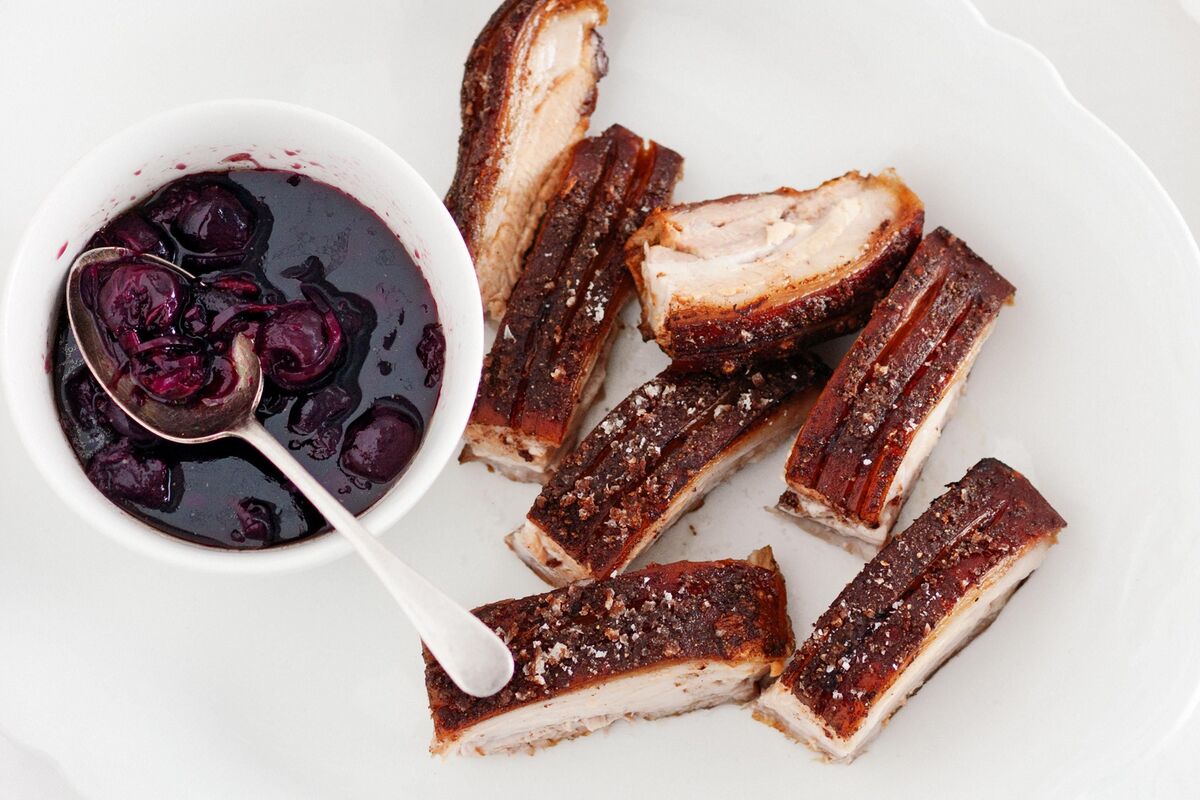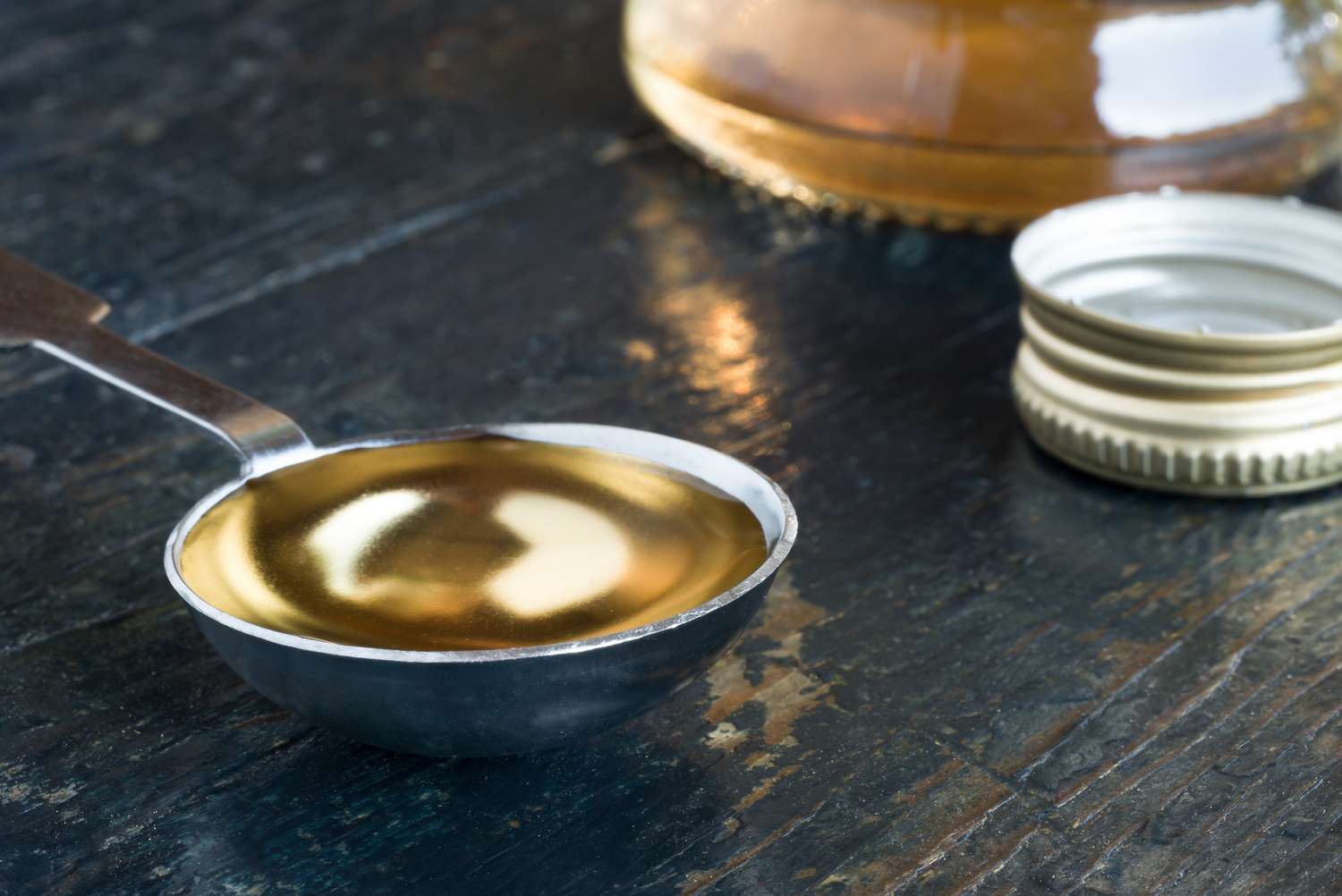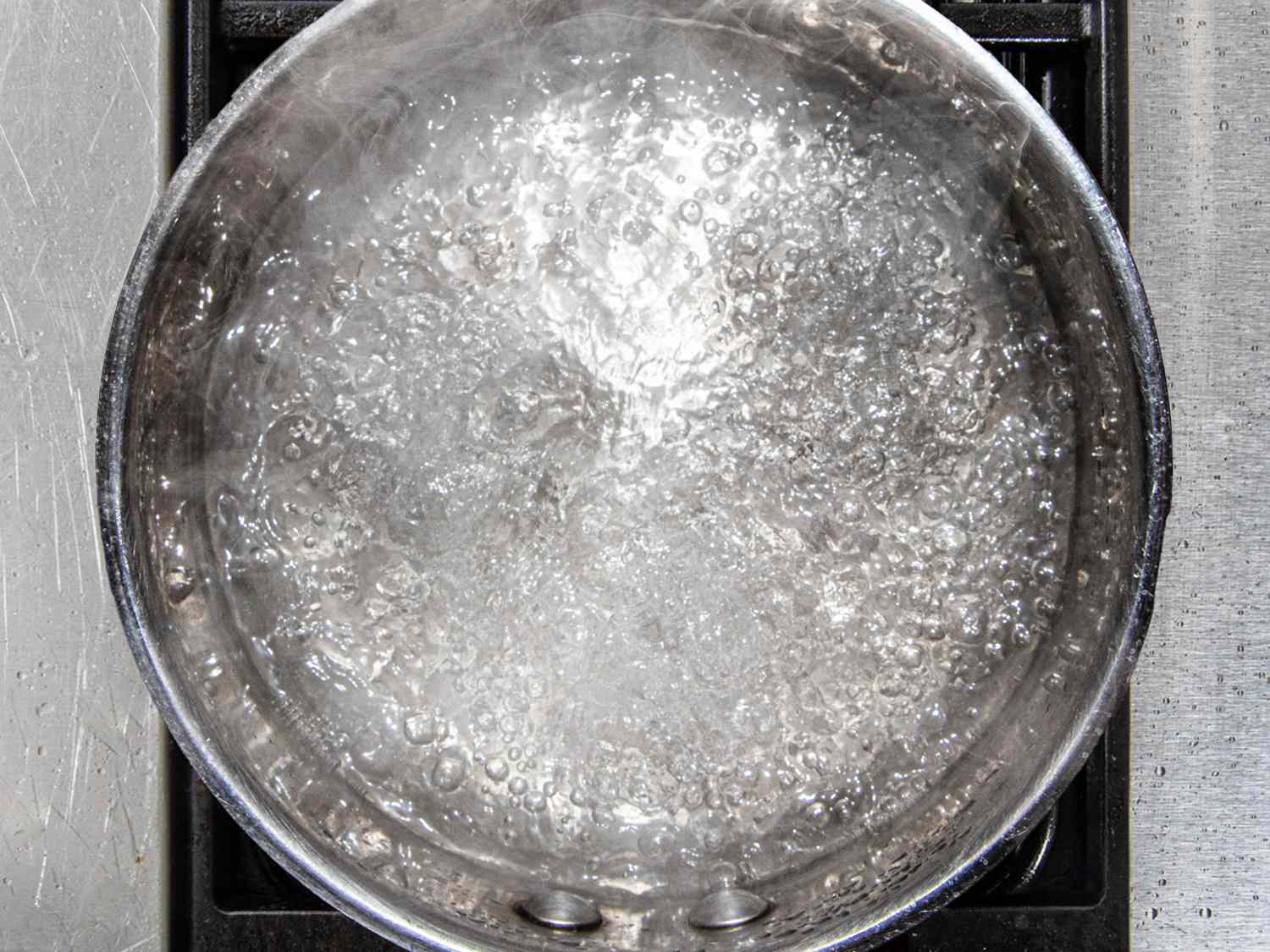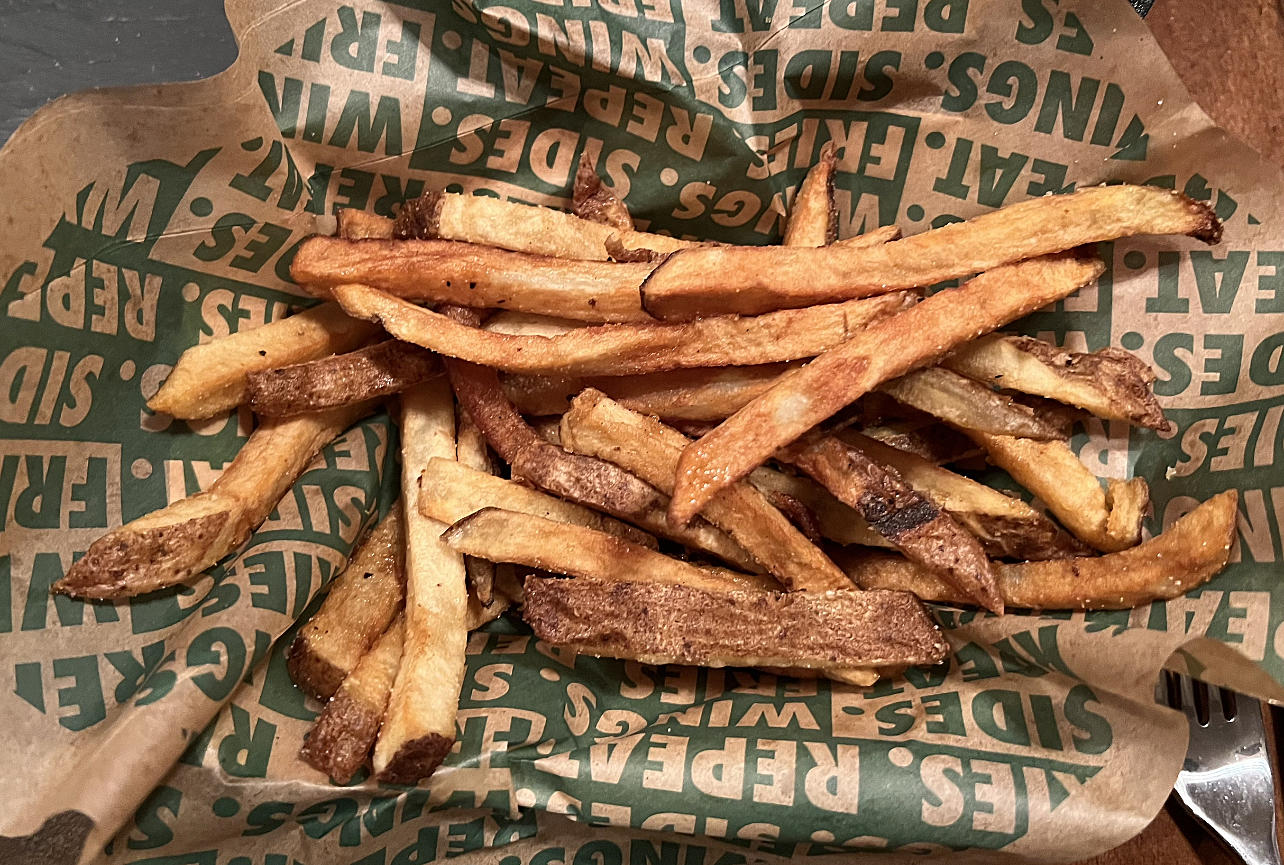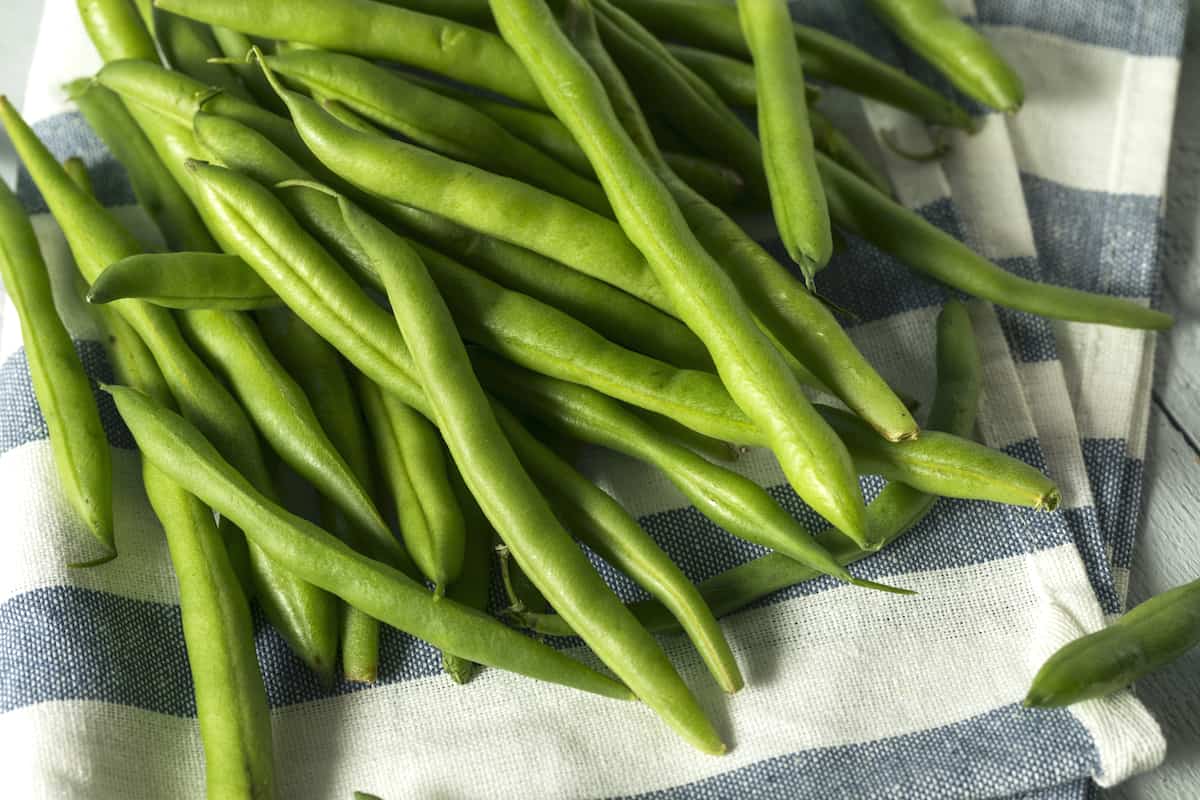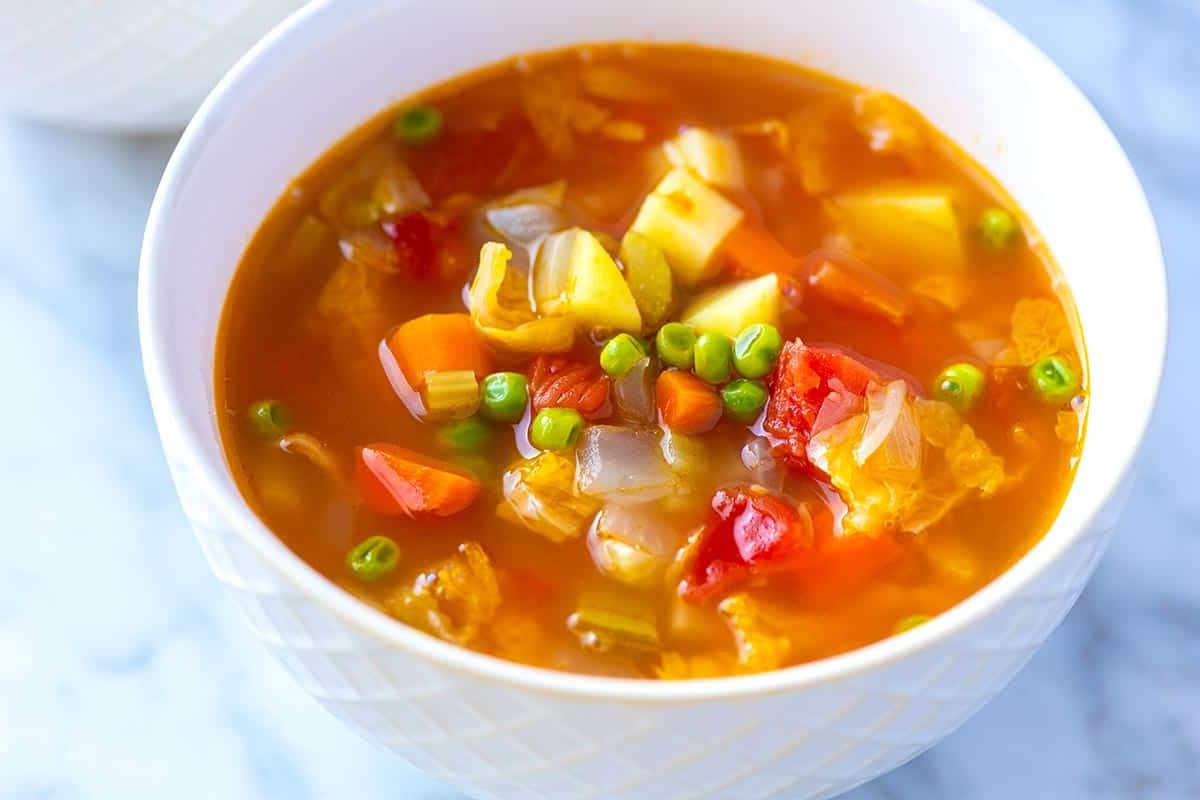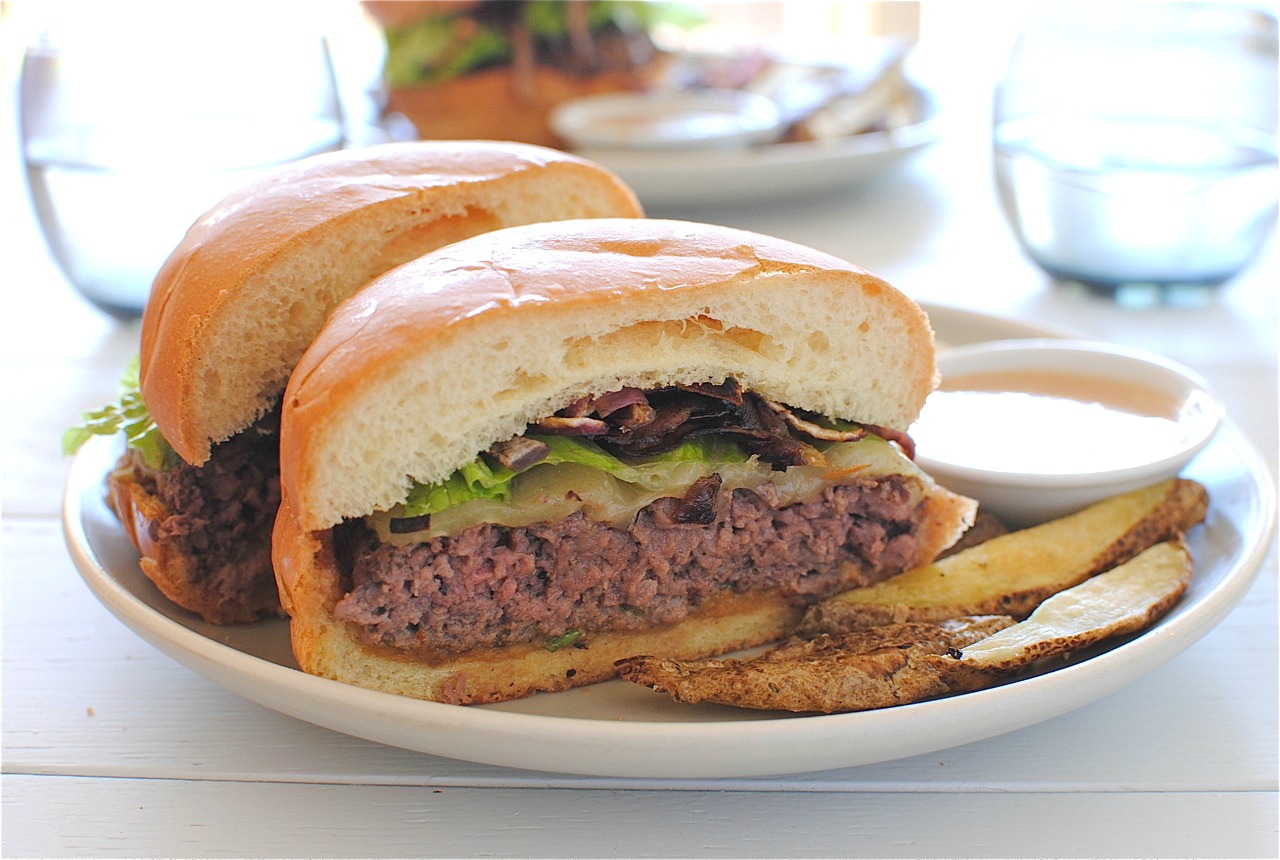Discovering the Delightful World of Strudel
Have you ever heard of strudel? If not, you’re in for a treat! Strudel is a delicious pastry that originated in Austria and is now enjoyed all over the world. It’s a flaky, sweet dessert that is often filled with fruits, nuts, and spices, making it a delightful treat for any occasion.
The History of Strudel
Strudel has a rich history that dates back to the 17th century in the Habsburg Empire. It was originally inspired by Turkish baklava and made its way to Austria through Hungarian and Viennese cuisine. The traditional recipe calls for thin layers of dough stretched and rolled out until it’s paper-thin, then filled with a sweet or savory filling and rolled up into a delicious pastry.
Ingredients and Varieties
Strudel dough is typically made with flour, water, and a little bit of oil, resulting in a thin, flaky crust that is perfect for holding the filling. The filling can vary widely, but some popular options include:
- Apple strudel: A classic variety filled with thinly sliced apples, sugar, cinnamon, and sometimes raisins or nuts.
- Cherry strudel: Filled with sweet, juicy cherries and a hint of almond flavor.
- Cheese strudel: A savory option filled with a creamy cheese mixture, often with herbs and spices.
- Nut strudel: Filled with a mixture of ground nuts, sugar, and spices, creating a rich and flavorful dessert.
How to Enjoy Strudel
Strudel is often served warm, with a dusting of powdered sugar or a dollop of whipped cream. It pairs perfectly with a cup of coffee or tea, making it an ideal treat for breakfast, brunch, or dessert. Whether you enjoy it on its own or with a scoop of vanilla ice cream, strudel is sure to satisfy your sweet tooth.
Conclusion
Now that you know all about strudel, it’s time to give it a try! Whether you opt for a traditional apple strudel or get adventurous with a savory cheese or nut filling, you’re sure to love this delightful pastry. So, why not treat yourself to a slice of strudel and experience the delicious flavors and flaky crust for yourself?
Remember, the next time you’re craving a sweet and satisfying dessert, consider indulging in a slice of strudel. Its rich history, versatile fillings, and delightful taste make it a beloved pastry that’s worth savoring.
Was this page helpful?
Read Next: What Is Whipping?

